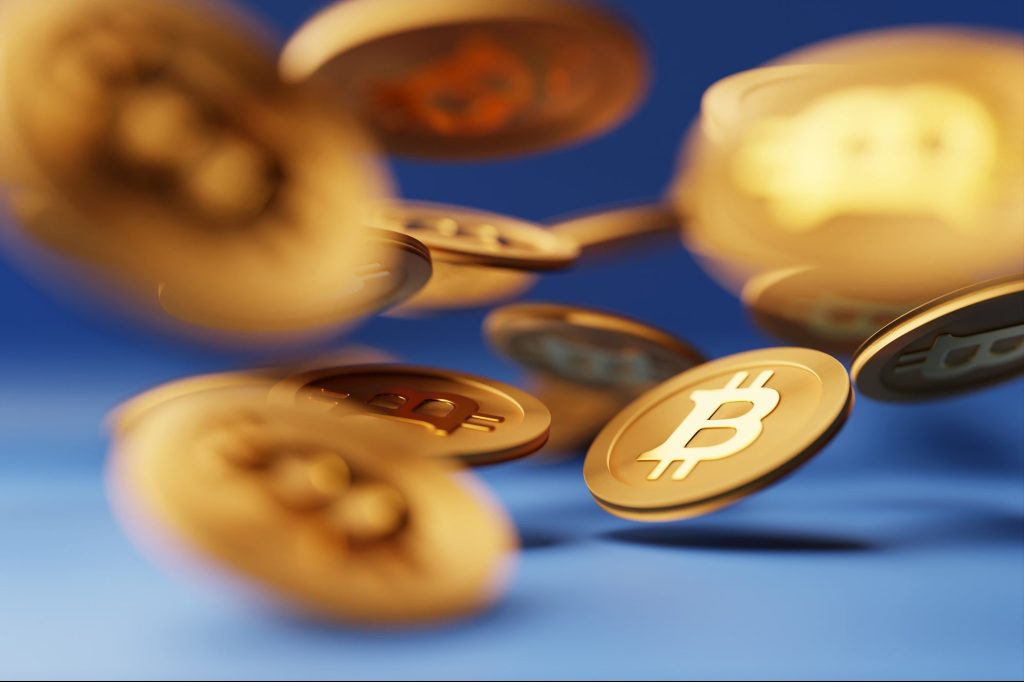The Evolving Landscape of Safe-Haven Assets in 2025
As we head into 2025, entrepreneurs and investors are facing a rapidly changing global economic landscape. The once-stable foundations of traditional finance are now revealing significant vulnerabilities. With currencies exhibiting volatility, central banks reassessing their strategies, and persistent inflation concerns, two assets are gaining traction as reliable safe havens: gold and Bitcoin.
Central Banks and Gold Purchases
This trend is supported by tangible data, policy changes, and evolving investor behaviors. Central banks are taking a proactive approach towards gold. According to the World Gold Council, these institutions acquired 290 tonnes of gold in the first quarter of 2024, with this trend continuing into 2025. Notably, countries like China and Poland are rapidly expanding their gold reserves, indicating a shift away from dependence on the U.S. dollar.
Geopolitical Factors Driving Change
Analysts have traced this pivot to long-term geopolitical strategies aimed at shielding national economies from potential sanctions and currency fluctuations. This shift is reflected in gold prices, which soared to a record $3,237 per ounce in April 2025, as reported by GoldHub.
The Rise of Bitcoin as a Safe Haven
Bitcoin, often seen as volatile and uncertain, is emerging as a feasible contender for safe-haven status. In April 2025, its price approached $91,000, regaining investor confidence and showing reduced volatility. Currently, Bitcoin is trading above $100,000. Many institutions are reassessing their strategies, influenced by Bitcoin’s limited supply, decentralized nature, and its growing reputation as an inflation hedge.
Co-Movement with Gold
Market behaviors indicate that Bitcoin is starting to correlate more closely with gold in response to economic shocks. When the U.S. dollar depreciates significantly, trillions in capital exit stock markets, while both Bitcoin and gold often appreciate concurrently. This relationship highlights Bitcoin’s emerging significance within the investment framework, particularly as the economy becomes increasingly digital.
Implications for Entrepreneurs
This evolving landscape presents notable implications for entrepreneurs and startups. Strategies around treasury management, fundraising currency selections, and international financial planning must adapt to a world where traditional currency risks are heightened and alternative value stores are gaining acknowledgment. Diversification is evolving; it now encompasses protecting against systemic risks with assets outside conventional frameworks.
Challenges and Operational Readiness
However, incorporating these strategies is not without its challenges. Entrepreneurs must navigate the complexities surrounding these assets. Gold mandates secure custody and typically involves slower transaction processes, while Bitcoin necessitates expertise in digital security, regulatory compliance, and understanding wallet management. The choice between holding Bitcoin or gold involves not just allocation strategy but also operational preparedness and education.



